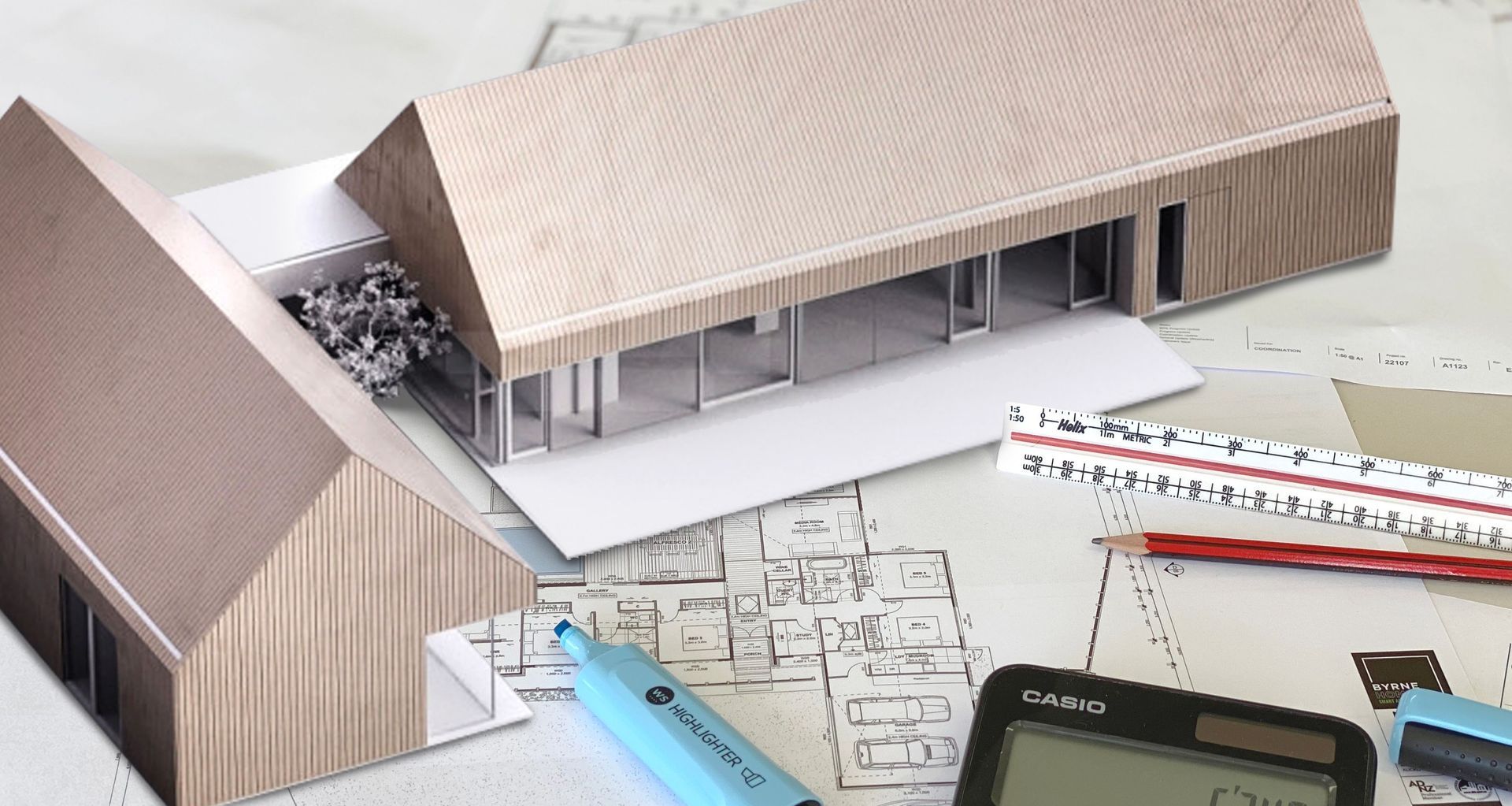What will it cost to build my house?

The burning question everyone wants answered is always “what will it cost to build my house?” The short answer is - it depends on a large range of factors. In New Zealand we tend to build custom homes more than standard plans and every client, location and design is different. Even the standard house plans are generally altered to suit individual clients needs and wants.
To get an ‘accurate ballpark’ figure you will need plans on hand – at the very least concept drawings and a detailed specification outlining the products you want to include and the level of fit out. The more accurate you want the price to be, the more work (and time) that needs to be put in upfront.
One thing experience tells us is that your project is likely to cost you more than you expect. Material costs have risen up to 30 - 35 percent since 2021 and although it has slowed down, the prices are still increasing and the shortage of skilled tradespeople means the labour costs have increased too.
The recent Government mandated building code updates - increasing the amount of insulation and changes to exterior joinery requirements - has also had an impact. The old saying ‘the cheapest time to build was yesterday’ still holds true.
There are many online tools and articles (often very outdated and inaccurate) about costs per m2, but the single most reliable way to estimate your build price is to take your design to a Custom Home Builder or Quantity Surveyor and pay them to cost your build. Any tool is only as accurate as the detail you put in and a professional Builder or Quantity Surveyor is going to spend 30-40 hours on a full measure. Also worth noting is that each Custom Home Builder will interpret and price differently, using different assumptions of construction methodology and material allowances to suit their way of building. This means an independent Quantity Surveyors price most likely won’t line up with a Builders pricing.
How do I design a home I can afford to build?
Engaging with your builder at the same time as the Architect and forming a team for your project is the best way to achieve value for money.
The traditional way of doing things was to go to a Designer, have plans drawn, have those plans finalised (which can take months) and then go out and get three quotes from three different builders to see what it will cost.
The main disadvantage in doing this is if the design is too expensive to build, you are just getting three prices that are all too expensive. Not to mention the Council consent fees for plans which you then cannot afford to build.
How do I get the best result and avoid costly mistakes?
The new school of thought is to utilise early contractor engagement and work as a team to understand the costs of the design before it progresses too far. This investment of time (and small additional cost) will give you the best (and fastest) results. Most professional Custom Home Builders will have an Architect or Designer they work with regularly to streamline the process.
As your design progresses to detailed drawings and consent application stage, the specifications will become more detailed allowing a professional custom home builder to provide a fixed price and fixed timeline build contract.
It is always good to discuss potential areas that may incur cost overruns and have an appropriate budget allocated for these as well as any potential items you may wish to add during the process.
Here are some helpful tips:
• A professional builder will be able to give you a good ballpark cost based on your site, your wants and needs.
• As a very rough starting point, $3500 m2 is the very basic level, a custom home will cost from $4000-6000 m2, a custom high end home will cost from $6000-$8000 m2 and a custom luxury home will start at $8000m2 and go upwards from there.
If your wants are more than your means, there are things you can do to save money:
• Reduce the size – instead of a 300 m2 house, perhaps you can live with a 250 m2 home. By building smaller you may be able to save on engineering costs too.
• Use cheaper materials – different cladding, window joinery, flooring, fewer bathrooms, less tiling can all help bring down the cost. The flip side of this is that more expensive products are generally more durable and can also contribute to lower maintenance and energy costs.
• Discuss with your designer and builder possible ways to ‘engineer’ the costs down.
• Decide which features or changes are “must haves” and which can be dropped or deferred to stay within budget.
One thing is certain, the cost of building never seems to go down. There will never be a better time to start than today. Undertaking a new build is a big investment of both your time and money, and you want to ensure you are getting the best bang for your buck. Don’t make the same mistake we see happening over and over again – surround yourself with a great team and work together to bring your new home to life.
